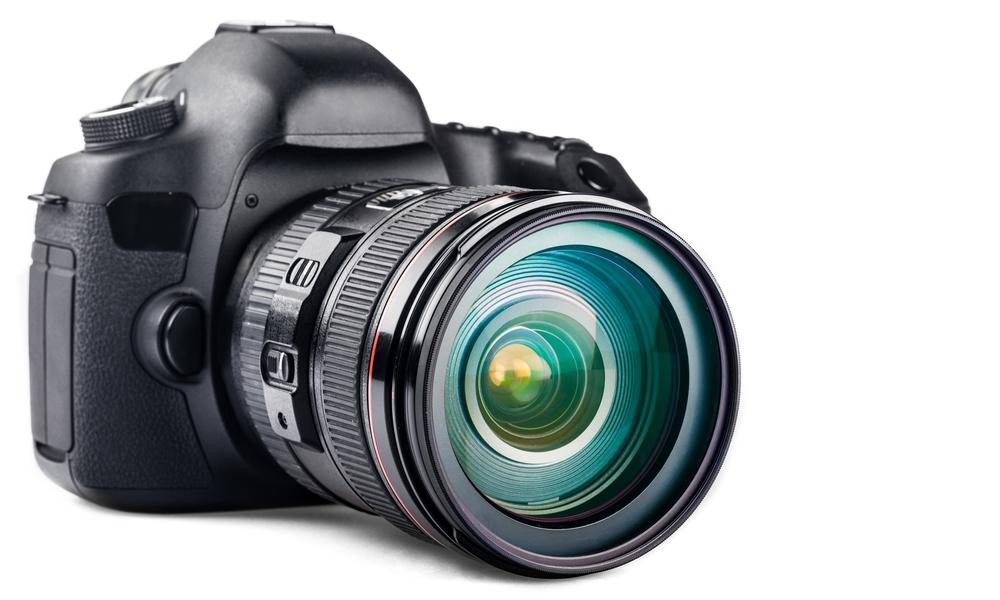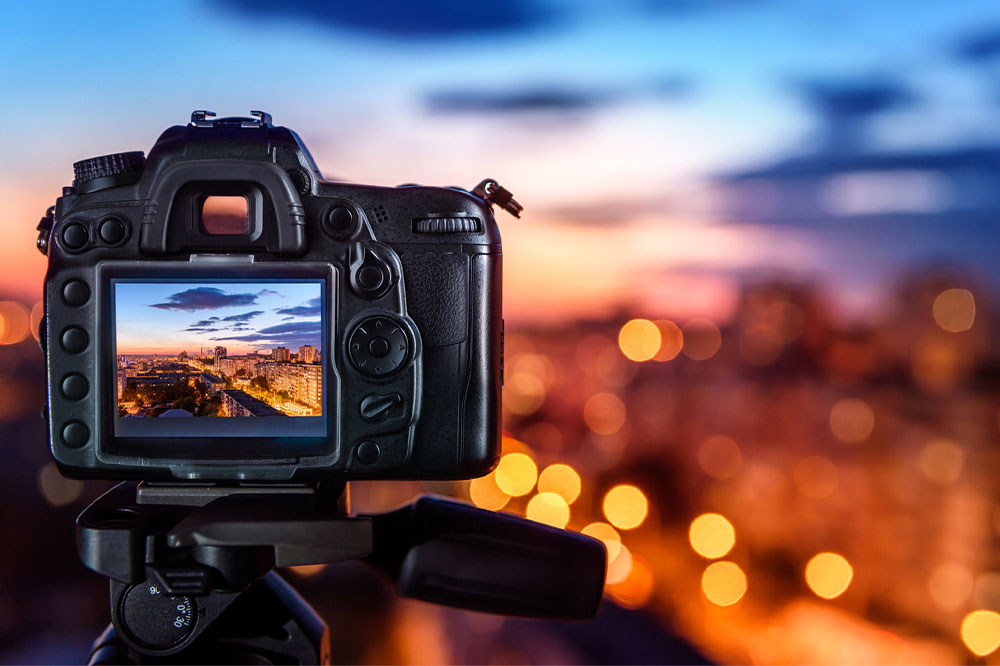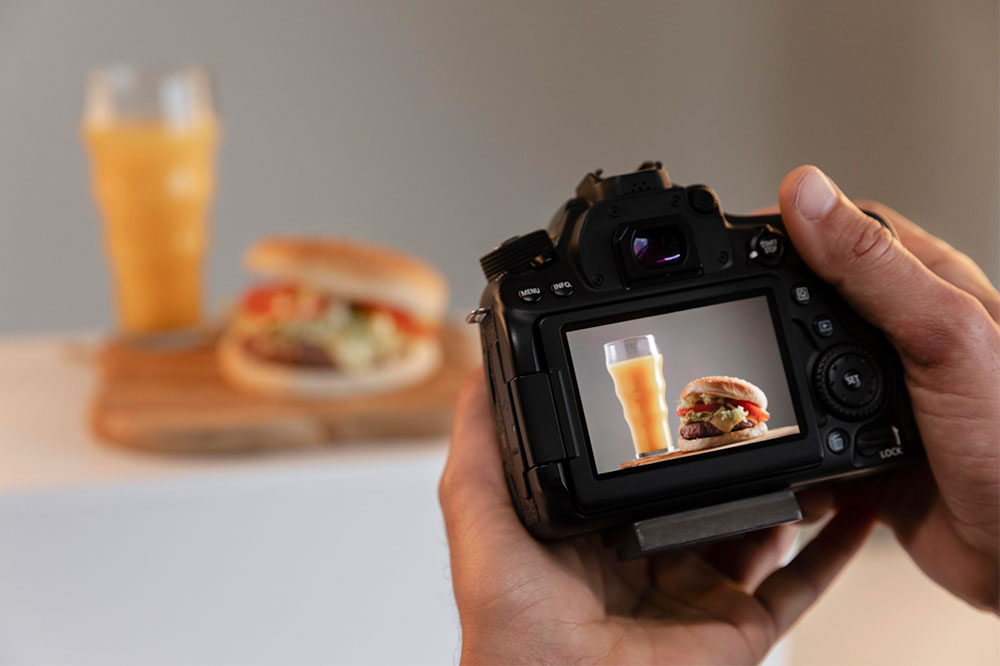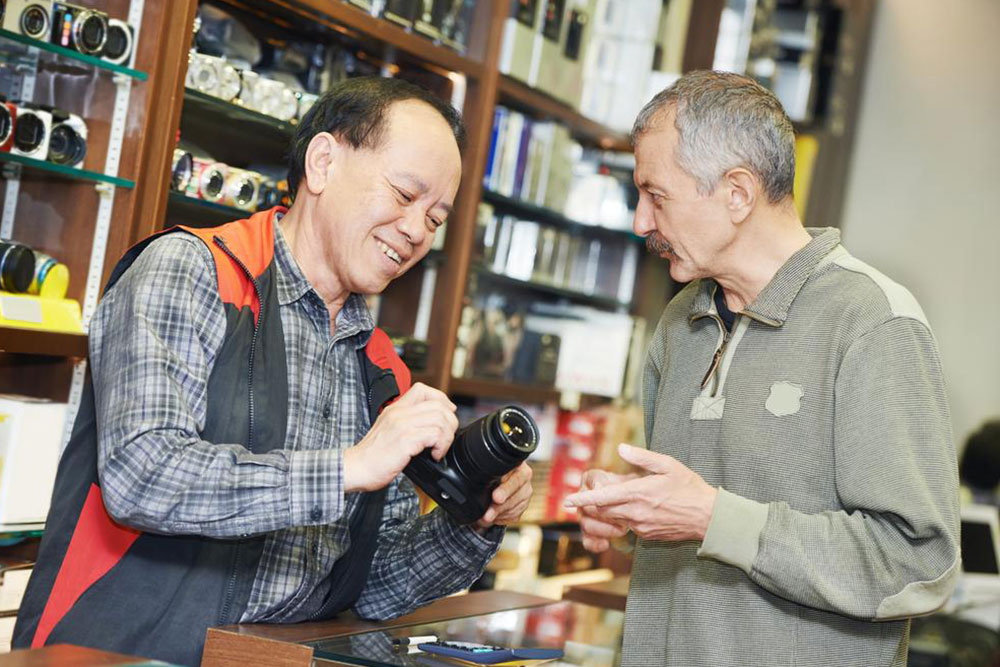A Comprehensive History of Photography: From Inception to Modern Camera Technology
This article offers an extensive overview of the history of photography, tracing its origins from early experiments with pinhole cameras to the modern digital era. It highlights key innovations, influential inventors, and technological advancements that shaped the evolution of cameras, making photography accessible to millions worldwide. Discover the fascinating journey that transformed light and optics into the powerful imaging tools we rely on today.

Tracing the Evolution of Cameras and Photographic Techniques
The story of photography dates back nearly two centuries, beginning with pioneering experiments that paved the way for today's sophisticated imaging devices. The earliest documented photograph was created in 1826 by Nicephore Niepce, who used a rudimentary pinhole camera constructed from a coated sheet of paper. At that time, capturing an image was a groundbreaking achievement, but efforts to preserve and fix the photograph were still in their infancy, leading to the unfortunate loss of most early images.
Historical Milestones and Early Concepts
The foundational principles of capturing images have long been studied and theorized. The ancient Chinese philosopher Mozi, around 470 BC, described the camera obscura—a device that projected real-world scenes onto a surface through a tiny hole—highlighting an early understanding of how light travels and forms images. This concept was further examined centuries later by Arab scientist Ibn al-Haytham in the 11th century, whose work significantly advanced the understanding of optics, including the behavior of light and the principles behind image formation.
During the Renaissance era, inventors and scientists began contemplating portable imaging devices. Notably, Johann Zahn, in 1685, designed a rudimentary portable camera that resembled a portable drawing aid, although it was not practical for widespread use. Technological limitations delayed practical implementation, but these early ideas laid essential groundwork for future innovations.
The Rise of Photographic Technology in the 19th Century
The 1800s marked a transformative period in photographic technology. Innovations like the development of sensitive light-recording materials and chemical processes significantly improved image quality and permanence. Key breakthroughs include the introduction of wet plate collodion processes, which allowed for sharper images and shorter exposure times. The invention of roll film in the late 19th century revolutionized photography, enabling the production of smaller, more portable cameras that anyone could operate.
In 1888, George Eastman introduced the Kodak camera, which became an instant success due to its ease of use. The Kodak box camera simplified photography by combining the camera and film in a single, ready-to-use package, making it accessible to the general public. This innovation initiated the democratization of photography, allowing amateur photographers and hobbyists to capture images effortlessly.
The 20th Century and Digital Revolution
As the 20th century progressed, photographic technology continued its rapid development. Film cameras became standard equipment for professional and consumer use, with various models tailored to different needs—from compact pocket cameras to advanced SLRs (single-lens reflex cameras). Meanwhile, photographic chemicals and film stocks constantly improved, resulting in higher resolution images with more vivid colors.
However, the most significant leap came with the advent of digital imaging technology. The late 20th century saw the introduction of digital cameras, which used electronic sensors to capture images and store them digitally. These cameras eliminated the need for film, providing instant image review and easier storage, editing, and sharing. Digital photography has since become the dominant form of image capturing, influencing everything from social media to professional media production.




